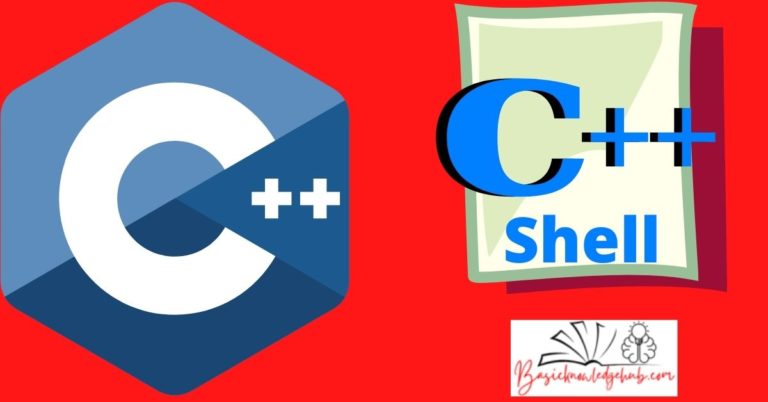How to make your computer faster
A fully digital era is not too far from our sight. Computers were once considered ‘giant machines’ that are difficult to operate. But now, it is one of the most important parts of our lives. Whether it be studies, work or entertainment, we need our computers to be smooth and fast. In this article, we will be discussing various methods that will help improve your device’s performance. There are also some specific techniques for Windows and Mac users. Read the complete article to know the various methods of how to make your computer faster.
This brings us to a bigger problem where our computers slow down their performance over time. There can be numerous reasons for your device to slow down. They include inadequate RAM space, attacks of malware or viruses, too many background programs or startup programs, and so on. On the other side of this coin, we can find solutions to almost all these problems.
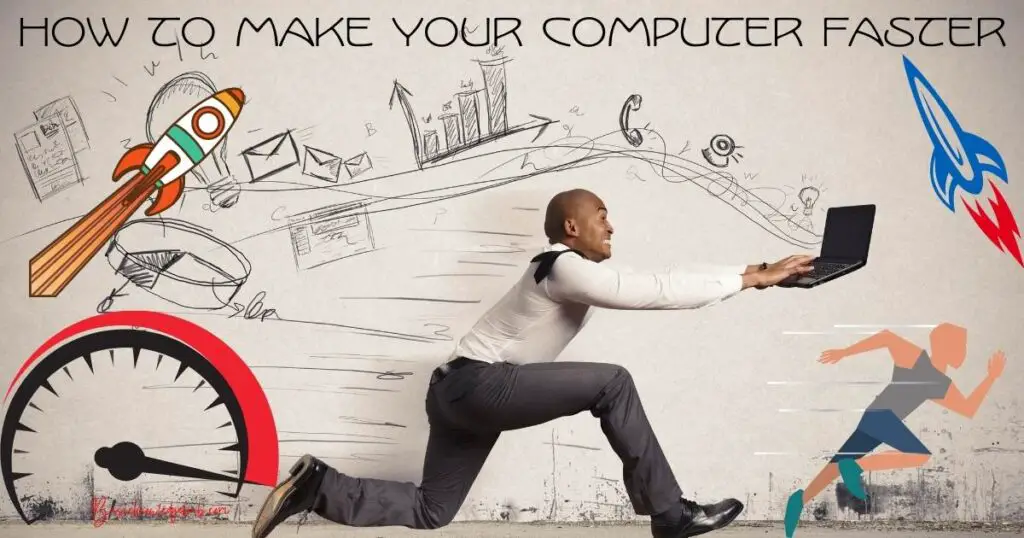
How to make your computer faster
Here are some methods you can use to speed up your computer no matter what your operating system is. Try out these methods first before going to the specific techniques.
Keep some space in your hard disk
Having 15% free space on your hard disk is a good way to prevent your device from slowing down. If it is full, delete some applications and make some space. Browse through your system and find unnecessary applications and remove them. You can also clear cookies, cache, and recycle bin. You can also try using any cleaner software.
Update your device
One of the major ways to improve speed is to update your device in time. In some software updates, there is a chance of the addition of more applications and features which might, in turn, will slow down your computer. But in most cases, it will improve the performance of your PC.
Close unused tabs
Your browser might take up more RAM space than all your other applications combined. While working on some major projects, we are used to opening up a million tabs for ease. But this can slow down your device by consuming large RAM space. So, closing unwanted tabs and restarting your browser can speed up your device.
Shut down/Restart
While your computer is switched on, it uses up memory by running background applications and slows down your system. Hibernating your device while not using it instead of shutting it down is highly convenient. But shutting down or restricting your device will help to refresh the system memory and closing temporary files hence speeding up your device. Completely shutting down your device at least once a week will speed up your device.
Backup your data
If your computer is storing too much information that it begins to slow down, you can have your data backed up in an external hard drive, cloud, or DVD. Being devoid of so much data will help your device to run smoothly.
Upgrade your RAM
Your computer’s performance mainly depends on its RAM. The more RAM your computer has, the more efficiently you can run programs in it. Hence, for processing large files or multitasking without restrictions, upgrading your RAM will be necessary at some point in time.
Use All the RAM Available
Open RUN-> type “MSConfig” -> Click on “Boot” -> Go to “Advance Option” -> Unchek “maximum memory” to use all the RAM available-> OK

Organize desktop icons
If you categorize desktop icons into files, it can reduce a lot of RAM usage as whenever you turn your device ON, it has to load each of its desktop icons and this will use up a lot of RAM. So, if you organize them into folders, your device only has to load that much less information.
Use activity/resource monitor to check memory
You can find out which application in your device takes up the most memory using the activity monitor or resource monitor. If there is any unnecessary application that takes up a lot of memory, you can delete it or replace it if the application is useful. You can also try closing the application that takes up the most memory space.
Windows: Search for resource monitor in your Windows search bar. There you can find the CPU usage percentage of each app.
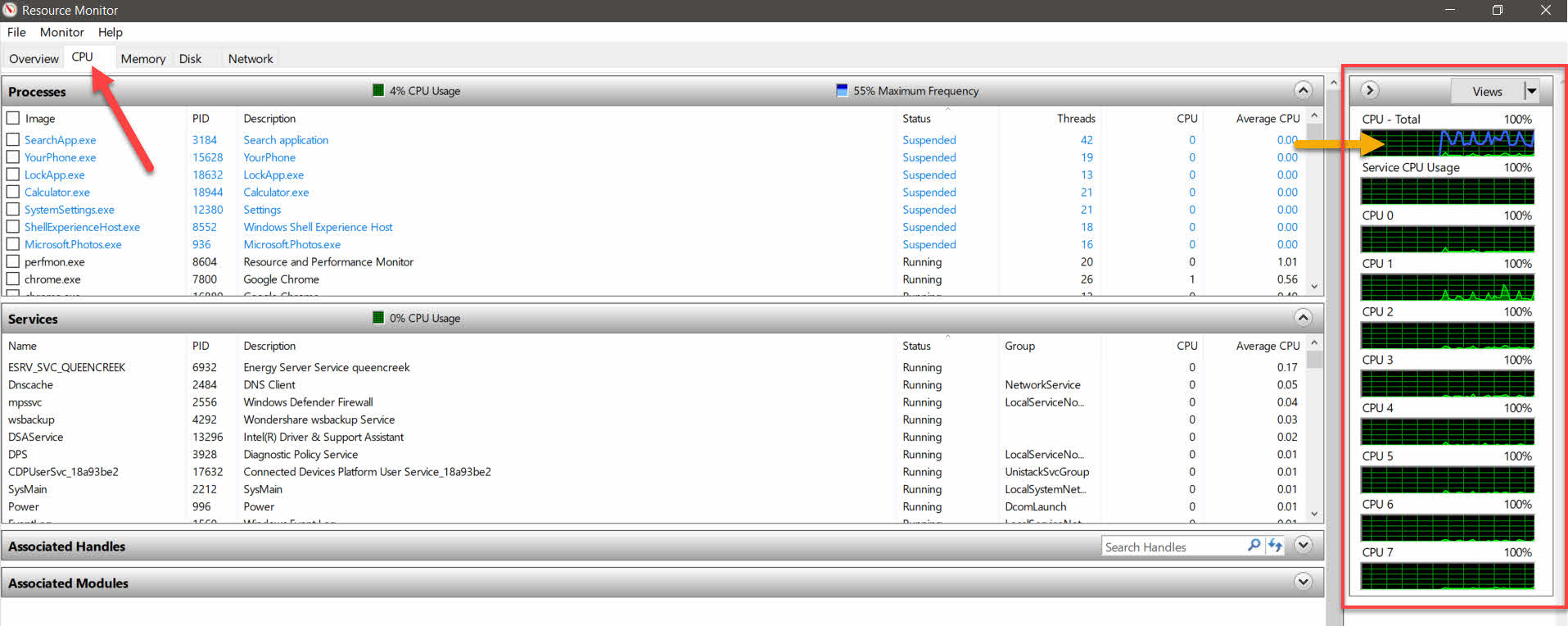
Mac: Go to the Library, and then Applications. Find Utilities and launch the Activity Monitor. You can see the CPU usage percentage of each app and if anything is using above 50%, it can slow down your device.
Learn also: GPU Temperature Range
Disable auto launching programs
When you turn on the computer, other programs that are set to self-launch will also load up and slow down your device. To prevent that, disable this feature in the apps that you don’t want self-started.
Windows: Search for “msconfig” in the search bar and click on startup to see the programs list that loads up when you boot the system. You can uncheck the unnecessary ones.
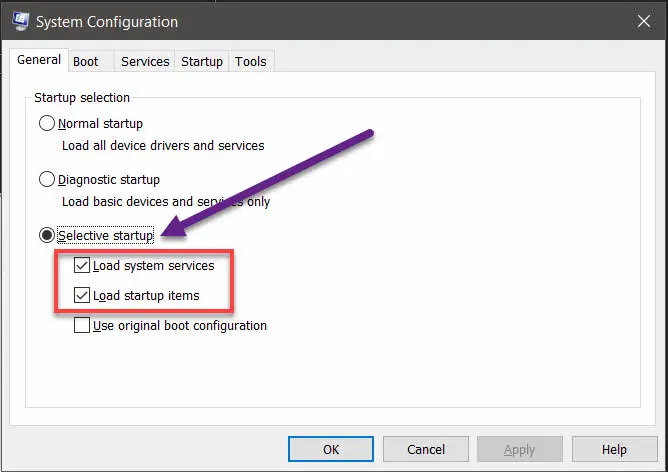
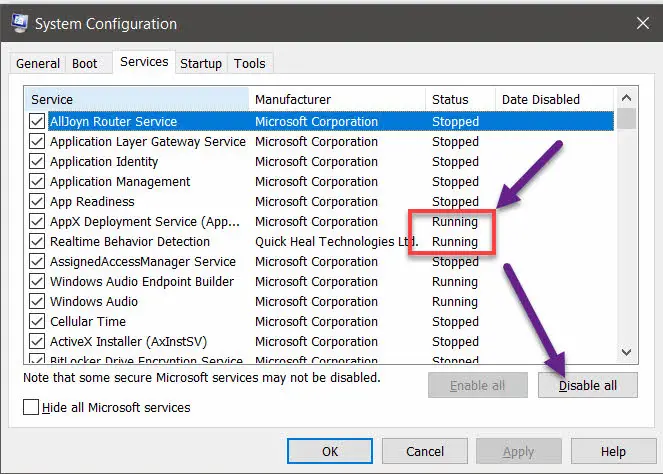
Mac: Go to System Preferences from the menu and then to Accounts and Login items. Choose the programs that you want to avoid from launching themselves and check the minus button near to them.
Use All the Processors
Open RUN-> type “MSConfig” -> Click on “Boot” -> Go to “Advance Option” -> Use all the processors available-> OK
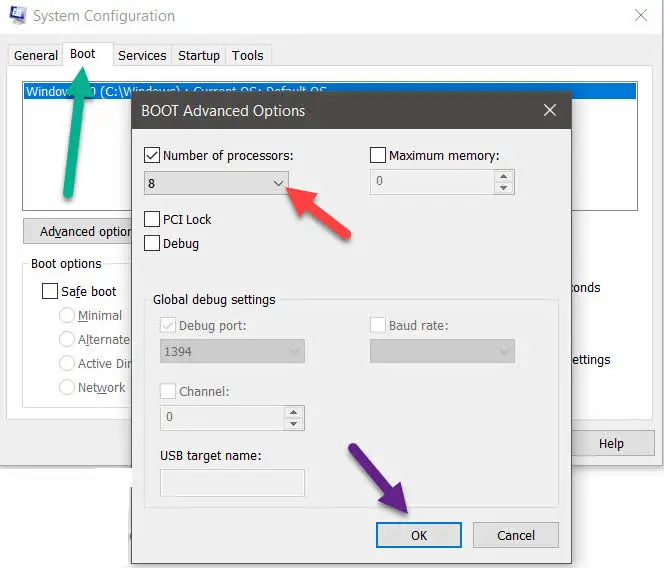
Remove unused languages
You can remove unwanted languages from your device and free up space. It can be done manually or with the help of any application.
Windows: Open your system settings and go to Time & Language. Choose Language and then Windows Display language. Choose your default language and remove other languages to free up space.

Mac: You can use applications like CleanMyMac or MacFlyPro to scan your device and delete unwanted language files.
Switch to SSD From HDD
Changing HDD to an SSD, implies that switching from the traditional hard disk can boost up performance in any device. HDD renders your data at 100 MB per second whereas an SSD can do the identical rendering at 3500 MB per second or even more. This will surely make your computer run faster.
Change power plan
If your device is in a battery saver mode, it can affect its performance which in turn can result in less speed. Changing the power plan might speed up your computer.
Windows: Go to the control panel and choose Power Options there. Now, choose to optimize performance. You can opt for High Performance but it may use more power. Choose the options one by one and see the effect of performance of your PC, and opt for that one.

Mac: Tap on the Apple icon. Find System Preferences. Choose Energy Saver from there. You can then choose “Restart automatically if the computer freezes” and “Put the hard disk to sleep when possible” for better performance.
How to make your computer faster for Windows 10 users
In addition to the above-mentioned tricks, Windows 10 users can try out some other specific techniques to improve their device speed. Those are discussed here.
Use Readyboost
If you have a hard disk instead of an SSD, Windows’ Readyboost feature can be used to speed up disk caching. It is used to cache data to a USB instead of a hard disk. This will in turn speed up your computer as the cache from a USB drive is easier to access.
Follow the given steps to know how to use the Readyboost feature.
Step 1: Plugin a USB drive with at least double the size of your internal RAM to your device.
Step 2: Then, open the file explorer and tap on “This PC”.
Step 3: Right-click on your flash drive’s name and choose properties and find the ReadyBoost tab.
Step 4: Then choose “Dedicate this device for ReadyBoost”.
This will enhance the speed of your device considerably in a few days of usage. If your device is still not showing an improvement, then you might change the USB flash drive and try again.
Turn off Windows Notifications Pop-Ups
Windows tend to give you notifications on how to operate your device more efficiently. But this advice can slow down your operations. So, turning them off is better. For that, go to the system settings and find System. From there, choose Notification & actions. Disable the option “Get tips, tricks, and suggestions as you use Windows.”
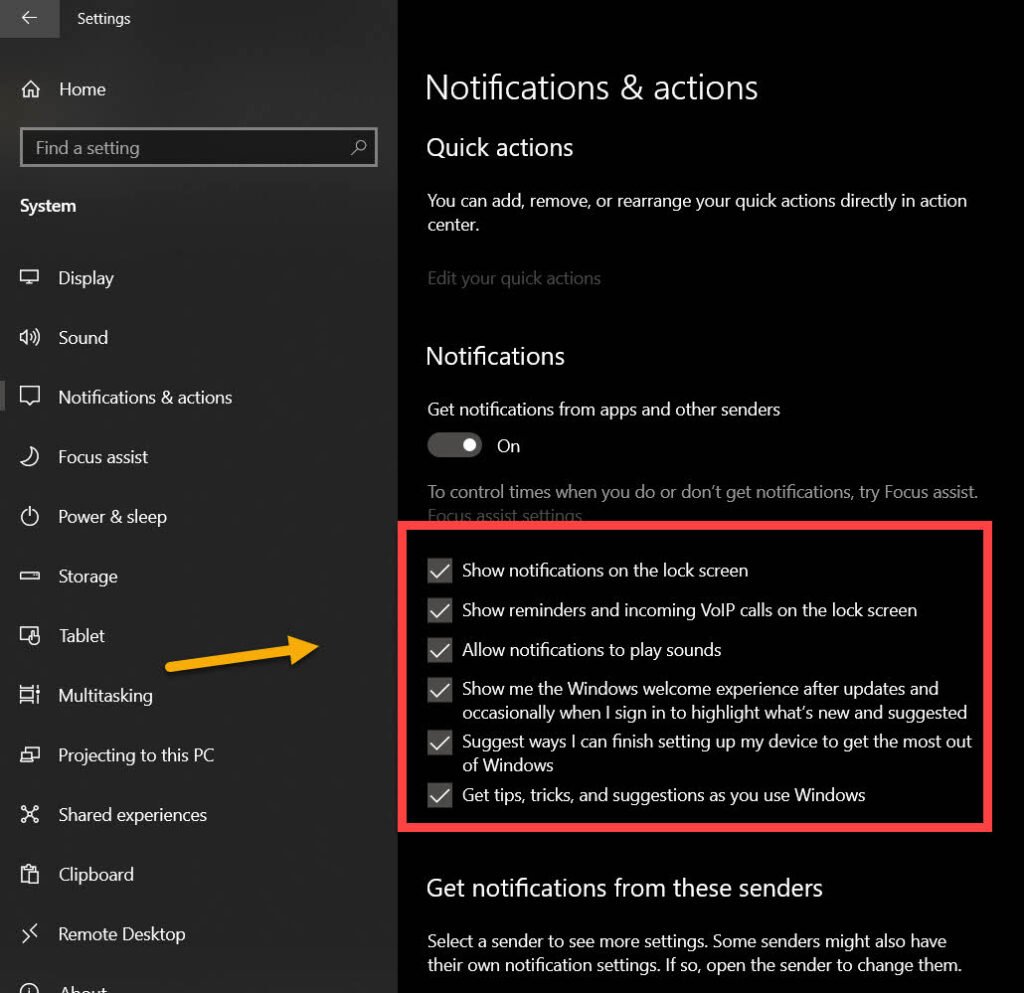
Stop OneDrive from syncing
OneDrive is a useful backup tool but constantly syncing your work with it can cause your device to slow down. If you are certain that this slows down your PC, then you can turn it off.
Turn off search indexing
Windows 10 indexes your hard drive to enable faster searches on PC. But in slower PCs, indexing can slow down the device by continuously writing on the disk even if you are using an SSD. To turn off indexing, follow the given steps:
Step 1: Search for services.msc in the search box and click Enter.
Step 2: Find Indexing Service or Windows Search and double-click it.
Step 3: Choose Stop.
Step 4: Reboot your device.
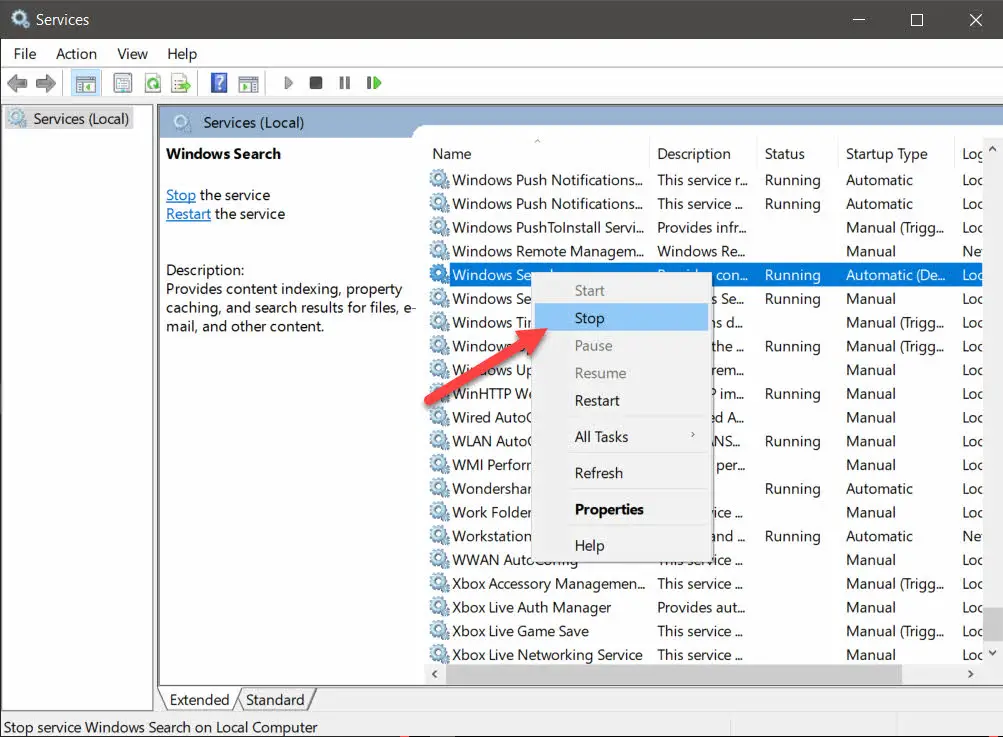
Your searches may be slower now, but there will be a general improvement in performance.
How to make your computer faster for Mac users
If you are a Mac user, then you can also try some extra tips to speed up your device. Here we will discuss some of these methods.
Swap your HDD for an SSD
Switching to an SSD from the traditional hard disk can boost up performance in any device. HDD loads your data at 100 MB per second and SSD can do the same at 3500 MB per second. You can see that kind of difference in your device performance after an up-gradation.
Reduce visual effects
Some visual effects in macOS may not be essential and turning them off will save your device a great deal of efficiency. To turn off animations and other effects, follow the given steps:
Step 1: Click on the Apple menu.
Step 2: Find System Preferences.
Step 3: Choose Accessibility.
Step 4: Go to the Display category and click on the Reduce Motion checkbox.
Reset PRAM and SMC regularly
Resetting System Management Controller (SMC) and Parameter Random Access Memory (PRAM) can reduce many problems including overheating, Bluetooth connection issues, slow boot-ups, and so on. SMC controls Wi-Fi, power management, and hardware connections. PRAM contains volume, keyboard lighting, etc…
The steps to reset SMC differ concerning device types. To reset PRAM, follow the given steps:
Step 1: Shut down your Mac.
Step 2: Then, press the power button along with the COMMAND, OPTION, and P buttons till the device reboots.
The PRAM is reset.
Don’t Miss:
- Phone Charging Slow
- Intel optane memory pinning unable to load dll
- Wireless Network Security Type: Most Secure Wifi Encryption
Conclusion
Sometimes there is nothing more annoying than a slow PC. It affects your work completely no matter what you are doing. But in most cases, the parties to be blamed for this mess are ourselves. If we keep our junk files just as they are and never give our system a breathing space to update or reboot, it can affect our device in the long run and slow it down.
The methods mentioned in this article are to be followed for a better system. These techniques can increase your device’s life by at least several months in addition to improved performance. Hence, keeping these tips in mind is important.



